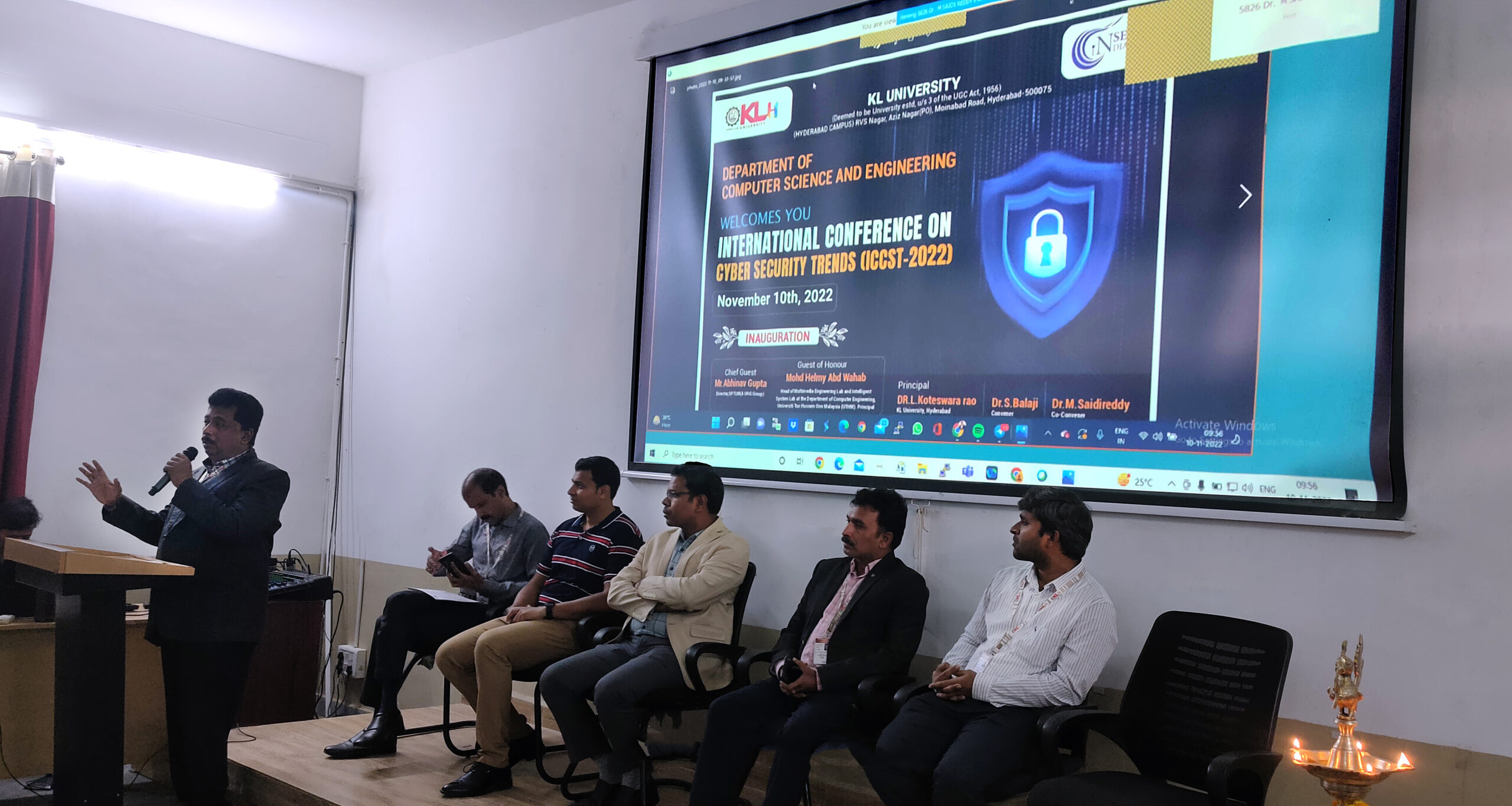Cyber-crimes are plaguing industries of all verticals and sizes, and there is no end to it for now. Small and Medium-sized Enterprises (SMEs) are particularly at risk since they have minimal resources to combat threats. Ubiquitously, across industries, there has been a clear call for cyber resilience gaining momentum. Cyber resilience is the backbone that supports an organization’s overall cyber security strategy.
Businesses today are compelled to operate in a threat landscape that is constantly changing, and traditional security protocols are unable to keep up. To ensure their continuity, they must reorient their attention toward a more practical strategy and turn to cyber resilience techniques.






